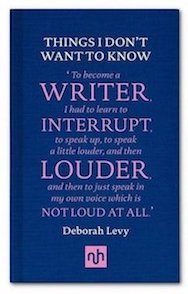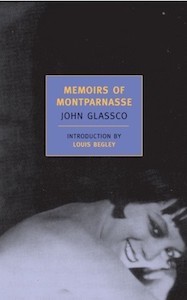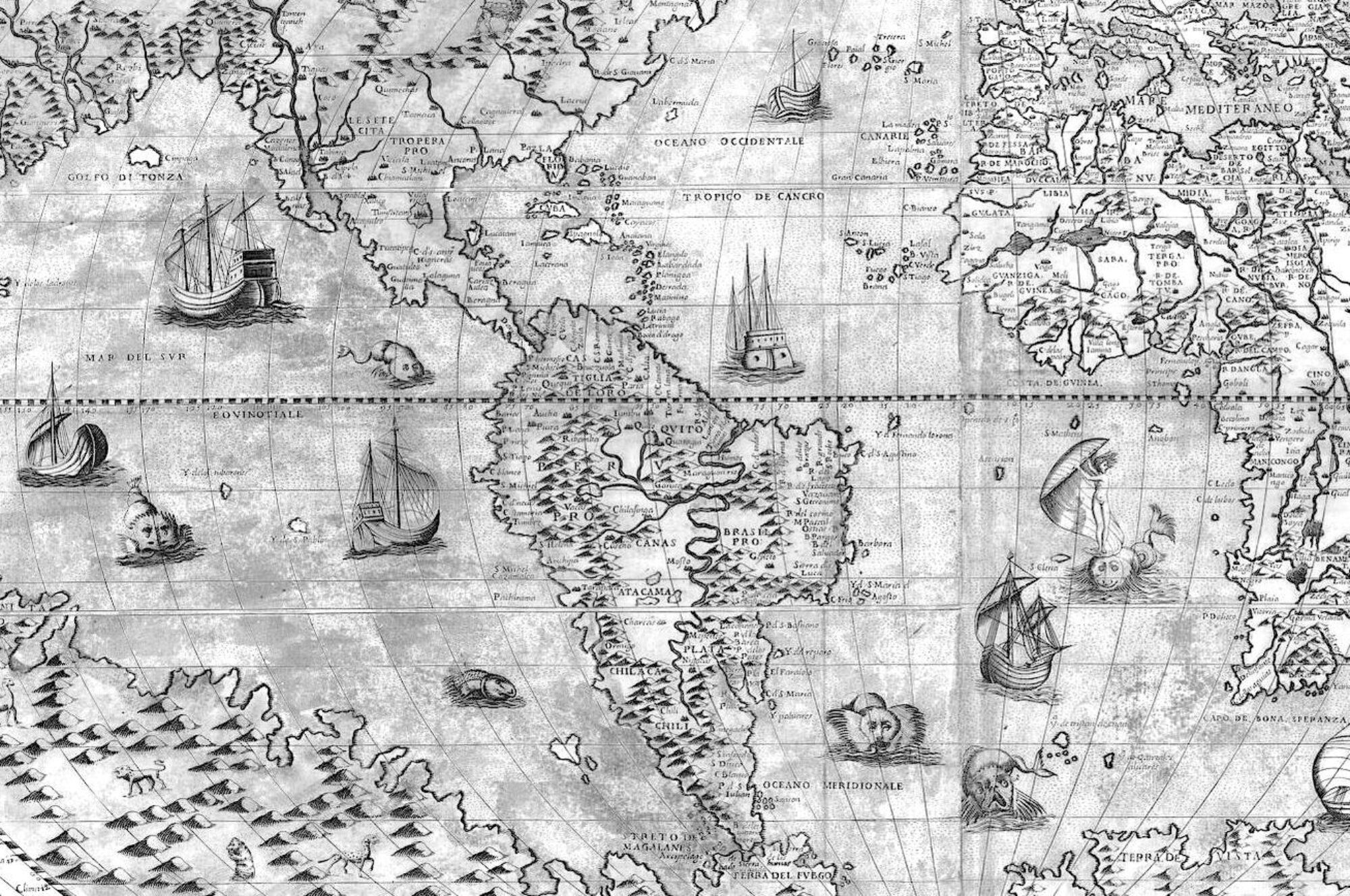
1. Things I Don’t Want to Know by Deborah Levy (Notting Hill Books, 2013)
I don’t know why more people haven’t read this book. It’s the kind of book avid lady readers should be raving about to each other and reading reviews of in Electric Lit and the New Yorker to see what other smart women think of it. But no, it’s actually even hard to find in the U.S., and I haven’t talked to anyone who’s read it. (She’s much better known in the UK/EU. I picked up it up in a fantastic bookstore in Galway.) I read this slim book in one afternoon – it’s a long essay commissioned in response to Orwell’s own short essay, “Why I Write.” Levy’s work touches on the first taste and shock of injustice experienced in childhood (in apartheid South Africa, masterfully from a child’s point of view in all its complexity), the experience of motherhood post 1970s feminism, travel and becoming someone else while “away”, risk-taking, the desire to write, figuring out how to write as a woman. It made me cry in a deep and satisfying way (on a bus to Dublin, no less!) that was a relief.

2. Frantumaglia: A Writer’s Journey by Elena Ferrante, trans. Ann Goldstein (Europa Editions, 2016)
These interviews and essays gave me that Emily Dickinson physical feeling of having the top of my head taken off, in particular the one that gives the collection its title. (“Frantumaglia” is Ferrante’s mother’s Neapolitan word for the mass of experiences and feelings that overwhelms and fogs the mind at times, the raw, wet stuff that writing is shaped from… I think). Particularly striking: her thoughts on the Dido myth and its relationship to women’s writing (Carthage originally intended as a city built on love); her mother’s work as a seamstress, how the dresses she made were and were not her; her exploration of her childhood violent wishes and feelings; the shifts in her motivations for remaining anonymous over time; thoughts on writing itself, what it means to be truthful when writing fiction.

3. Slow Days, Fast Company: The World, the Flesh and L.A. by Eve Babitz (NYRB Classics, 2016 (reissue), originally published 1977)
Essays on 1970s L.A. by the anti-Joan Didion, voluptuous and exuberant Eve Babitz, born a Hollywood insider. She is also witty, erudite and snobbish in her own way, as she gives accounts of quaalude-fueled threesomes, and ending up in the most unexpected places, like a baseball game or San Bernardino, via her lovers. There are also her odes to other women, their talent and style, and her thoughtful takes on fame, addiction, and public image. Thank Goddess that NYRB brought her work back into print.

4. Memoirs of Montparnasse by John Glassco (NYRB Classics, 2007, originally published 1973) – John Glassco
Nineteen-year-old Canadian bisexual Glassco sets off for Paris in 1927 with his school pal, to become a poet and burn through his father’s money. Publisher and writer Robert McAlmon takes them under his sordid wing for a long bender in Luxembourg and the French Riviera. Glassco chats with Robert Desnos, sasses Gertrude Stein, judges beefy Hemingway, and writes a little bad Surrealist poetry along the way. There’s probably a lot of bending of fact, as this was written decades later, but it’s entertaining and wonderfully written. A fun, queer counterpoint to the hacky “Moonlight In Paris” view of Montparnasse in its golden age – the drag queen bars and lesbian literary circles, the roustabouts and pornographers, the would-be artists and dilettantes, who were also hanging around the cafes, never quite finding the time to work on their masterpieces…

5. Contempt by Alberto Moravia, trans. Angus Davidson (NYRB Classics, 2004, original 1954)
I felt so anxious reading this, it was a relief when it was over. The narrator just keeps fucking things up – it’s unbearable! Really masterful portrayal of an unreliable narrator. It reminded me of Lolita, a bit, in the way that the narrator is trying to elicit sympathy in his account, while unwittingly showing the ways in which he’s monstrous. There is also beautiful vivid imagery of the Italian coastline and Capri. I enjoyed the various characters’ ruminating on possible interpretations of The Odyssey, and how they informed the narrative.
